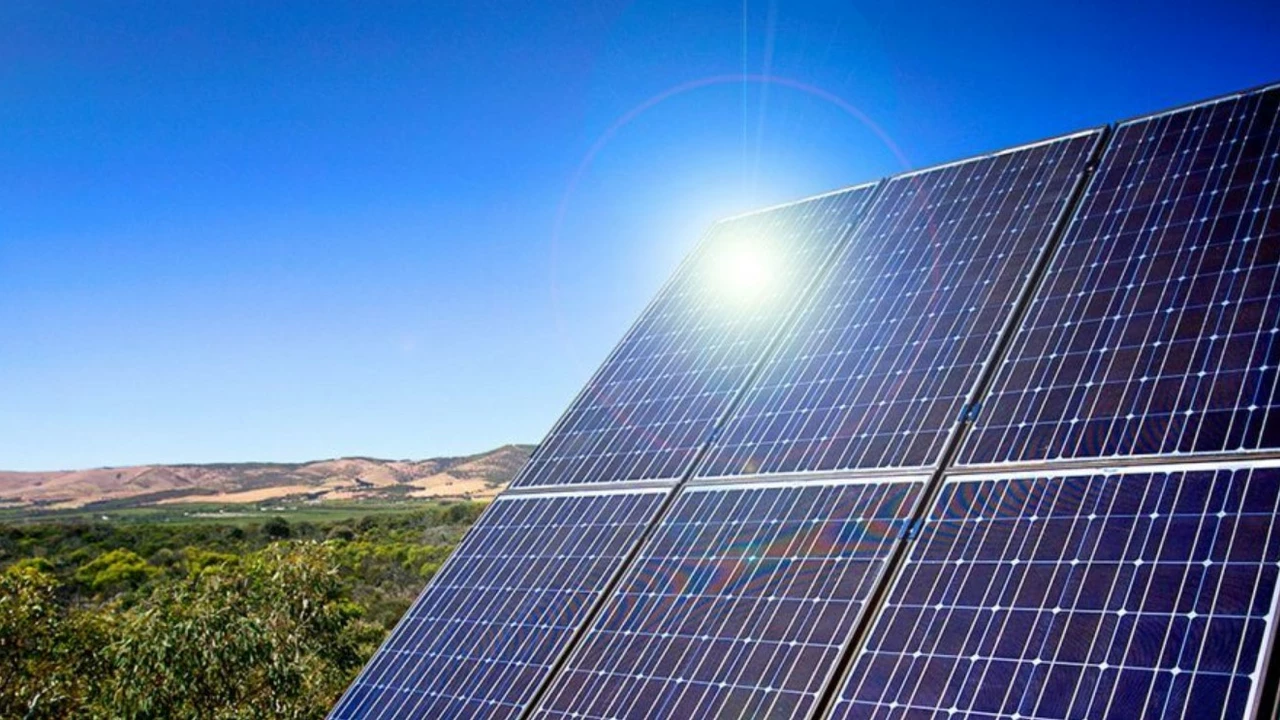Understanding the Concept of Renewable Energy
Before we delve into the largest environmental impact of renewable energy, it's important to understand what renewable energy is. Renewable energy, as the name suggests, is energy that comes from resources that are naturally replenished. These resources include wind, sunlight, tides, rain, and geothermal heat. Unlike traditional energy sources such as coal and natural gas, renewable energy sources are not finite and hence, are considered a sustainable energy solution for the future.
The adoption of renewable energy has been growing rapidly across the globe, primarily due to the increasing awareness about the dire consequences of climate change and the need to shift towards more sustainable energy sources. However, like every coin has two sides, renewable energy also has its pros and cons. While it offers numerous environmental and health benefits, it also comes with certain environmental impacts, which we are going to explore in this article.
Land Use and Habitat Loss
The most significant environmental impact of renewable energy is arguably the amount of land it requires. Large-scale renewable energy installations like solar farms, wind farms, and hydropower plants need substantial land areas to operate. This often leads to habitat loss and degradation, particularly in the case of hydropower and bioenergy, which can potentially lead to the displacement of local fauna and sometimes even local communities.
Moreover, the construction and maintenance of these installations can disrupt the local ecosystem, leading to soil erosion, degradation of water quality, and loss of biodiversity. However, it's worth noting that these impacts are site-specific and can be minimized through careful site selection and sustainable management practices.
Water Use and Pollution
While renewable energy sources like wind and solar photovoltaics require minimal water, others like bioenergy and geothermal energy can be quite water-intensive. This could potentially lead to water scarcity issues in areas where water resources are already stressed. Moreover, the use of water in renewable energy production could also result in thermal pollution if the water is returned to its source at higher temperatures.
Furthermore, some renewable energy production methods, like bioenergy, can result in water pollution if not managed properly. This could be due to the release of pollutants during the energy production process or due to the use of harmful chemicals or fertilizers in the cultivation of biomass feedstocks.
Material Use and Waste Generation
Renewable energy technologies require various materials for their construction, operation, and maintenance. These include metals, minerals, and other raw materials, some of which may be scarce or non-renewable. The extraction and processing of these materials can have various environmental impacts, including habitat destruction, soil and water pollution, and greenhouse gas emissions.
Moreover, renewable energy technologies also generate waste, both during their production and at the end of their life. This includes manufacturing waste, operational waste, and decommissioned equipment, which if not managed properly, could have significant environmental impacts.
The Carbon Footprint of Renewable Energy
While renewable energy sources produce little to no greenhouse gas emissions during operation, they do contribute to carbon emissions during their lifecycle. This includes emissions from the extraction and processing of raw materials, manufacturing of equipment, transportation, installation, maintenance, and decommissioning.
However, it's worth noting that the carbon footprint of renewable energy is significantly lower than that of traditional energy sources. Moreover, as technology advances and renewable energy becomes more efficient, it's expected that the carbon footprint of renewable energy will continue to decrease.
Looking at the Bigger Picture
While renewable energy does have its environmental impacts, it's important to view these in the context of the alternative - continued reliance on fossil fuels. Fossil fuels are not only finite but their extraction and use result in significant environmental and health impacts, including air and water pollution, habitat destruction, and climate change.
Moreover, while renewable energy does require substantial upfront investments in terms of land and materials, these are largely one-time costs. Once a renewable energy installation is up and running, it can produce energy indefinitely with minimal environmental impacts. Therefore, while it's important to acknowledge and mitigate the environmental impacts of renewable energy, it's also crucial to recognize its long-term benefits and potential for a sustainable future.
